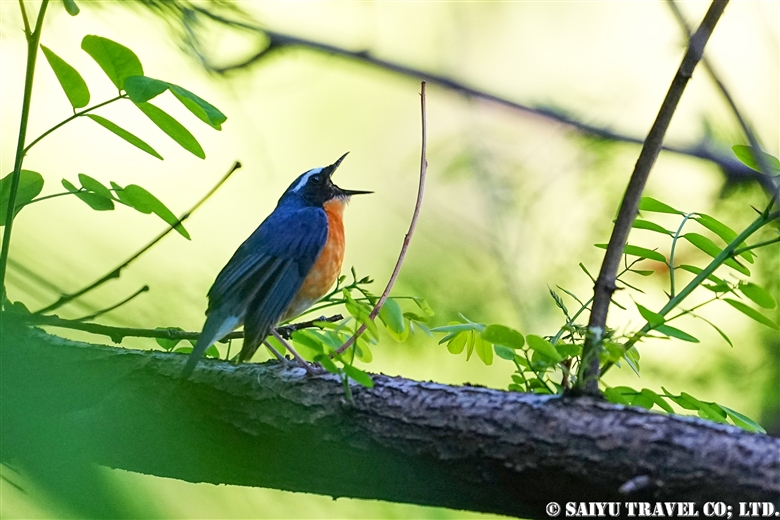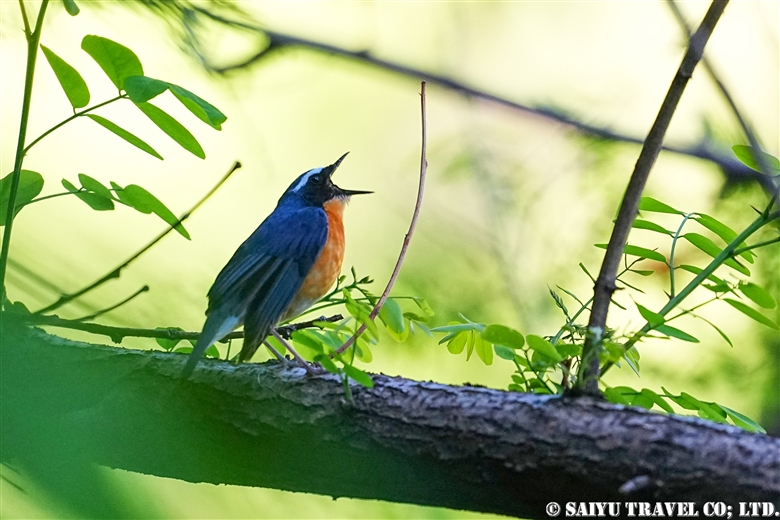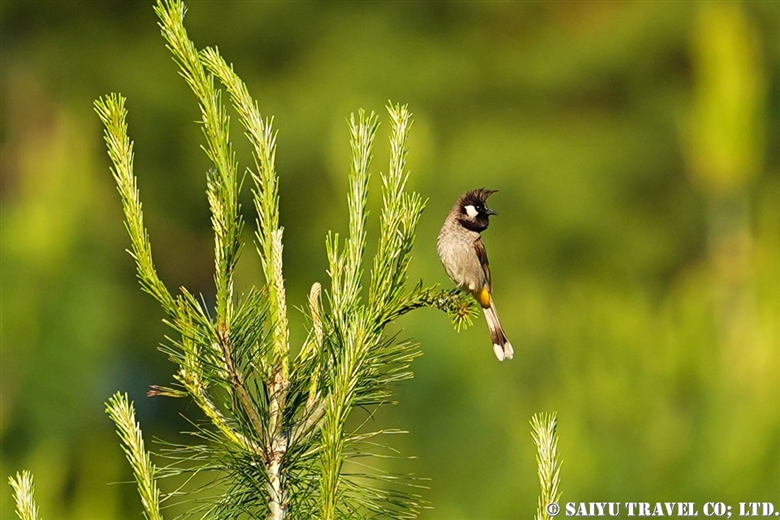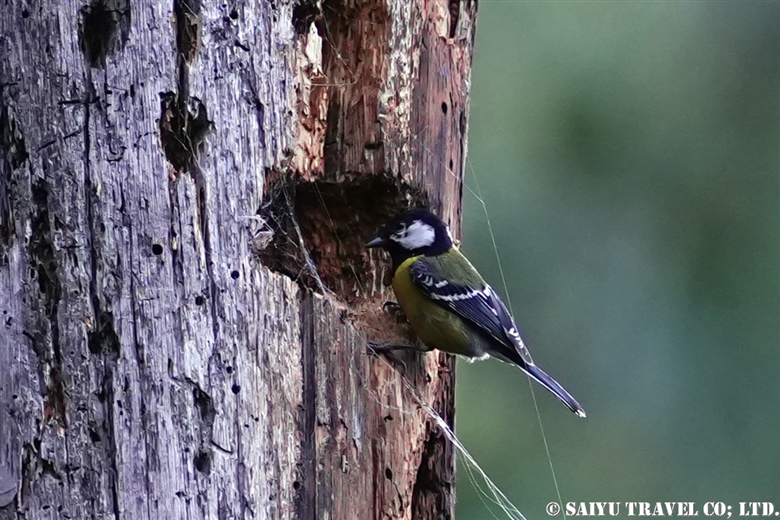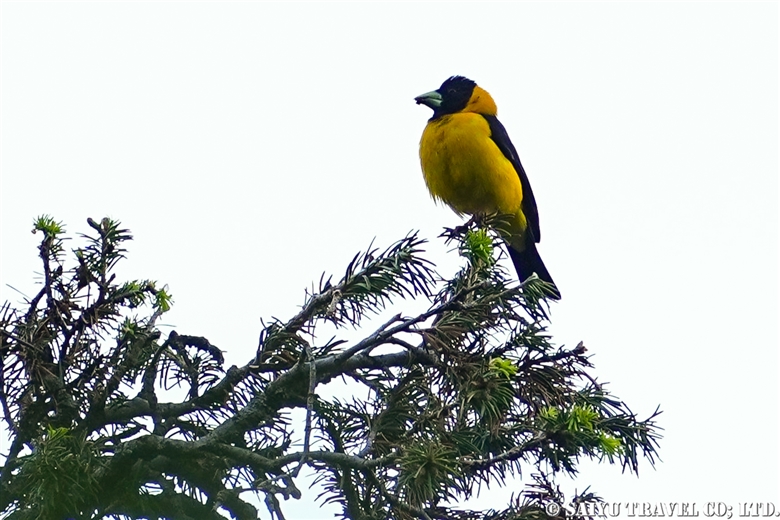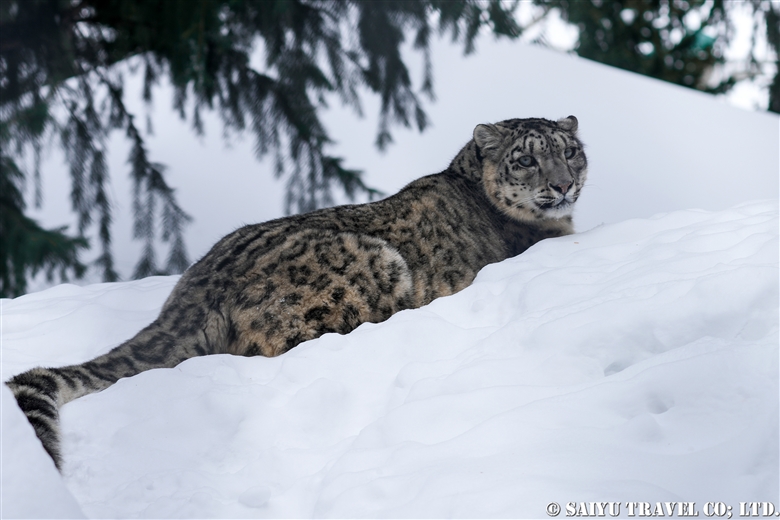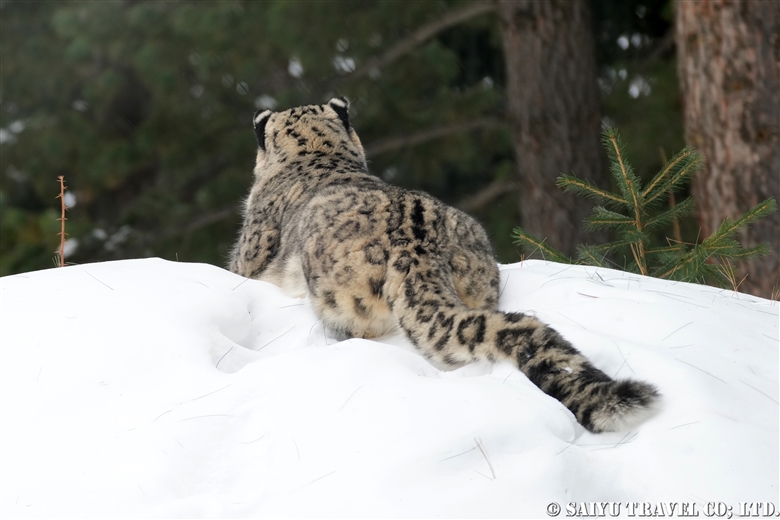
The following is a photo report on a 2024 season excursion to the Baltoro Glacier—titled “Over the Baltoro Glacier to Broad Peak B.C. and K2 B.C.“—carried out by Teppei Kamitani, a guide from Japan who has visited and photographed the glacier many times.
The first part of the blog traces and documents (with photos) the first half of the trek in the following order: [Askole → Jhora → Skam Tsok → Paiju → Khoburtse → Urdukas].
My first step was to take a domestic flight from Islamabad to the town of Skardu, the gateway for trekkers in the area. Weather permitting, it’s possible to get a spectacular view of many mountains—including Nanga Parbat—during the flight, but this time it was cloudy and we could not see it. However, had the flight been cancelled, it would have taken two days to travel there on land, so we considered ourselves lucky that we were able to arrive safely.
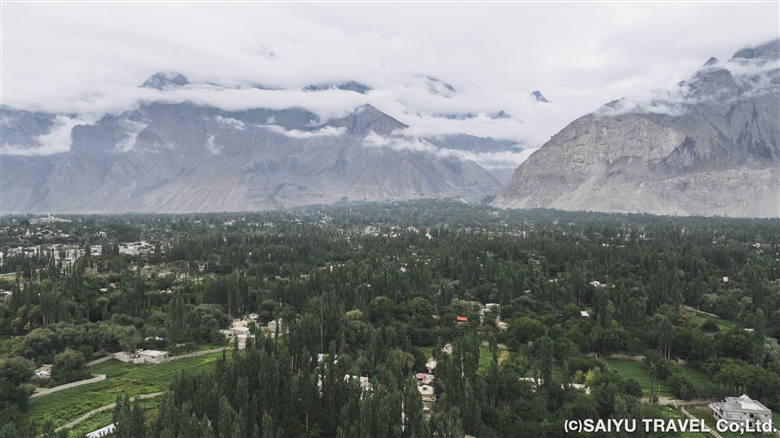
The day after arrival at Skardu was also a backup day in case of flight cancellations, as well as for obtaining permits and other bureaucratic formalities. During this time, it was possible to head out to the Deosai Plateau to acclimatize oneself to the altitude of 4,200 m.
The following day, we headed to Askole, the starting point of the trek. The route took us through the Shigar Valley, passing the Sarfaranga Cold Desert and viewpoints overlooking the valley. The road became steeper and steeper as we approached Ascole, with more ups and downs along the riverside slopes.

Day 1: Askole-Korophong-Jhola
At long last, the trek began from the lush green village of Askole. On the way, we completed the various formalities at the office in Testay Village, the last inhabited settlement in this vicinity. Beyond this point, a vast, uninhabited path stretched out before us.


About four and a half hours after leaving Askole, we had lunch at Korophong, a camp in the end moraine of the Biafo Glacier, which flows from the Latok Mountains. We continued walking along the Braldu River and Jhola Camp came into view on the other side of the Domordo River. Here we crossed the recently opened Snow Leopard Bridge to reach the new Jola Camp.
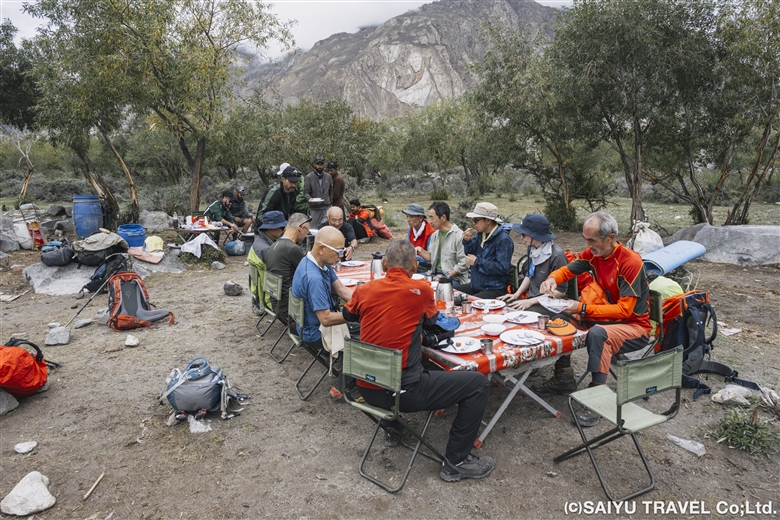

Day 2: Jhola to Skam Tsok
The trail follows the Braldu River with gentle ups and downs, the second half of the day walking along the cliffs. When Skam Tsok comes into view in the distance, we saw Broad Peak (8,051m), the 12th highest peak in the world.

We arrived in Skam Tsok at 11:20, taking about four and a half hours. After lunch, we relaxed with a tea break to keep our spirits up.

Day 3: Skam Tsok to Paiju
This was the day of the half-day walk to Paiju, the camp in front of the glacier. Two and a half hours after we’d passed the gentle ups and downs from Skam Tsok, the Baltoro Glacier began to come into view. The iconic mountains of the Baltoro Glacier, such as Trango Castle and Cathedral, were also visible.



The second half of the route followed a traverse path to reach Paiju Camp (3,450m), which was covered with poplar trees. The clean mountain water jabbered around us, and even gave us the opportunity to wash our clothes. We put chairs in front of our tent and had ourselves a relaxing afternoon. We were refreshed for the trek up the Baltoro Glacier…

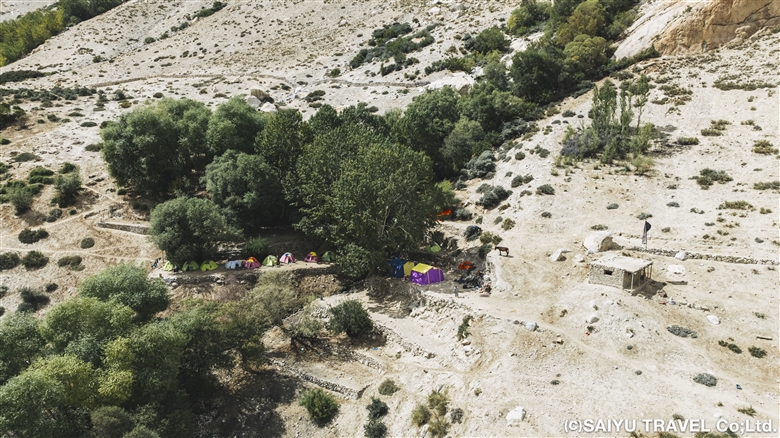
Day 4: Paiju to Khoburtse
At long last, this was the day we’d walk to the Baltoro Glacier—though it would end up being a long one. We walked to the Baltoro Glacier and reached the glacier tongue in ninety minutes.
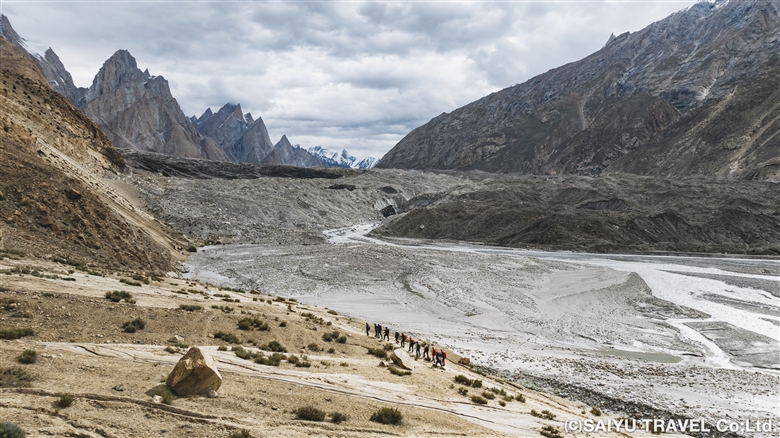
There was a bit of sunshine at first, but clouds started to gather from the lower part of the Pailu and it began to rain. We followed the glacier’s outlet, gradually making our way up the mountainside, and had lunch at Liligo. From here, wearing helmets, we crossed a slope where there was a risk of landslides. What awaited us at the end, on the opposite bank of the glacier river, was the camp of Khoburtse (3,940m)!
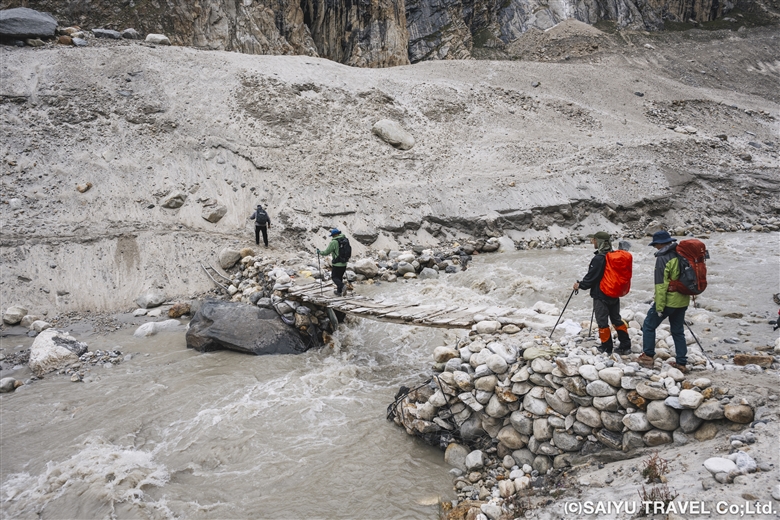

Days 5 & 6: Khoburtse to Urdukas
We spent four hours trekking to Urdukas (4,050m). The plan for today was not to enter the Baltoro Glacier, but to cross two unnamed glaciers on its tributaries. As we made our way up the gently sloping upper reaches of the glacier, there was a point where we could see Broad Peak, Gasherbrum II, III and IV, but this time they were obscured by clouds.


Urdukas means “broken boulder,” so it was fitting that there were actually boulders scattered around the campsite. The Baltoro Glacier lay directly in front, and beyond that, the Trango mountain range, the Cathedral, the Biale Glacier flowing down from Biale, and other famous peaks and glaciers could be seen in a panoramic view.



This trip would not have been possible without the support of the local staff.
We stayed at the Urdukas camp, which had running water, for two nights, including a rest day. I think this break probably really helped our guides refresh mentally as well. The local staff who supported the trip also took a break and sang along, following Ali’s lead.

To be continued in the second half…
Photo & text : Teppei Kamitani
Visit : Aug-Sep 2024 Baltoro Galcier- K2B.C.
▼Related Articles
Youtube : CONCORDIA 360 DEGREE
Youtube : Our baltoro Trek in 1 Min !
K2 & Baltoro Glacier Trekking 2022 (Part 1) Skardu to Paiju
K2 & Baltoro Glacier Trekking 2022 (Part 2) Paiju to Khoburtse
K2 & Baltoro Glacier Trekking 2022 (Part 3) Khoburtse to Urdukas
K2 & Baltoro Trekking 2022 (Part 4) Urdukas to GoreⅡ
K2 & Baltoro Trekking 2022 (Part 5) GoreⅡ to Concordia
*Contact us, Indus Caravan for more information or to make arrangements for your Baltoro Glacier K2BC trek.
*Please follow us on Youtube, Instagram & Facebook
Category : - Baltoro Glacier & Concordia > - Baltoro Glacier & Concordia > ◆ Gilgit-Baltistan > ◇ Mountain of PakistanTag : Travel Pakistan Blog , Broad peak , Indus Caravan , Saiyu Travel Pakistan , K2 & Baltoro Trek , Gasherbrum , Pakistan Travel company , Mustagh Tower , Pakistan tour operator , Concoridia 360degree , Pakistan Photography Tour , 360degree , K2 , Baltoro Glacier , Pakistan Blog , Baltoro Trekking , Pakistan Travel Blog , Concordia





